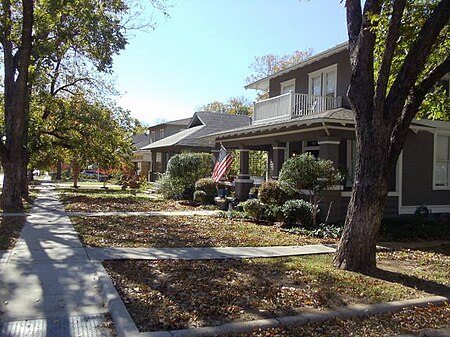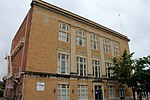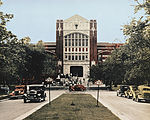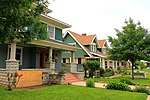Fairmount–Southside Historic District

The Fairmount–Southside Historic District is a 340-acre (140 ha) historic district (United States) that has been listed on the National Register of Historic Places since 1990.Structures in the district represent Late 19th and Early 20th Century American Movements architecture, Late 19th and 20th Century Revivals architecture, and Late Victorian architecture.It includes the Meredith Benton House, the Johnson-Elliott House, and the South Side Masonic Lodge No. 1114 which were previously listed on the NRHP. The Benton House and Masonic Lodge are Recorded Texas Historic Landmarks along with the Grammer-Pierce House, the Gunhild Weber House, and the William Reeves House. The listing includes 1,013 contributing buildings and one other contributing structure.It is asserted to be the largest historic district designated in the southwestern United States.The webpage title for the entity describes itself as "Fairmount National Historic District", while the webpage itself names it "Fairmount Historic District".
Excerpt from the Wikipedia article Fairmount–Southside Historic District (License: CC BY-SA 3.0, Authors, Images).Fairmount–Southside Historic District
South Henderson Street, Fort Worth
Geographical coordinates (GPS) Address Nearby Places Show on map
Geographical coordinates (GPS)
| Latitude | Longitude |
|---|---|
| N 32.725 ° | E -97.3375 ° |
Address
South Henderson Street 1721
76110 Fort Worth
Texas, United States
Open on Google Maps







